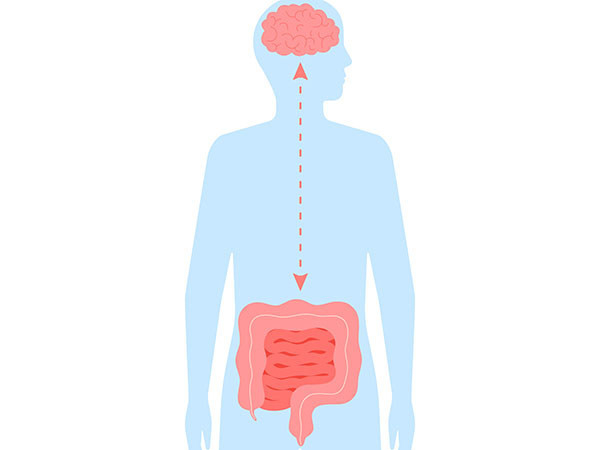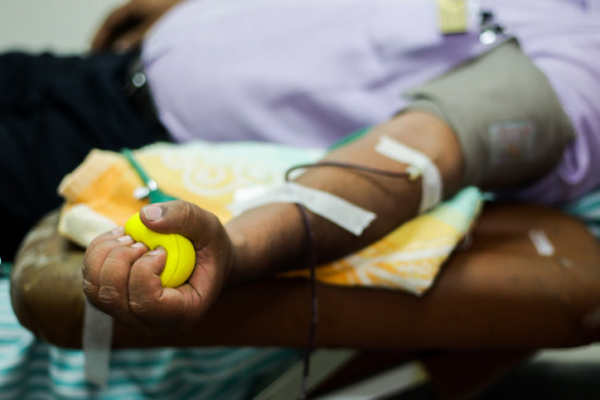
In a perfect world, indulging in a daily portion of French fries instead of almonds would be a simple choice, and no negative consequences would stem from selecting the salty, deep-fried option.
But a Harvard expert says we should take the findings of a new study supporting this scenario with, er, a grain of salt. This potato industry-funded research suggests there’s no significant difference between eating a 300-calorie serving of French fries and a 300-calorie serving of almonds every day for a month, in terms of weight gain or other markers for diabetes risk.
Perhaps snacking on fried potato slivers instead of protein-packed almonds won’t nudge the scale in the short term, but that doesn’t make the decision equally as healthy, says Dr. Walter Willett, professor of epidemiology and nutrition at the Harvard T.H. Chan School of Public Health. Crunchy, satisfying almonds deliver health benefits, including lowering “bad” LDL cholesterol. Over the long haul, they’re a far better option to help ward off chronic illnesses — including diabetes — or delay their complications.
“We’ve learned from many studies over the past two decades that weight loss studies lasting less than a year are likely to give misleading results, so a study lasting only 30 days is less than useless,” Dr. Willett says. “For example, studies of six months or less show that low-fat diets reduce body weight, but studies lasting one year or longer show the opposite.”
What health-related factors did the study measure?
The study was published in the American Journal of Clinical Nutrition. The researchers randomly split a group of 165 adults (average age 30; 68% women) into three groups for 30 days and assigned them to eat a daily 300-calorie portion of one of the following:
- almonds, roasted and salted (about 1/3 cup)
- plain French fries (medium serving)
- French fries seasoned with herbs and spices (medium serving).
Researchers provided participants with 30 single-day portions of their food item, telling them to incorporate it into their daily diet but offering no additional instructions to change diet or activity levels to offset the 300-calorie intake.
The amount of fat in participants’ bodies was measured, along with total weight, blood sugar, insulin, and hemoglobin A1C (a longer-term reflection of blood sugar levels) at both the start and end of the month. Five participants from each group also underwent post-meal testing to evaluate short-term blood sugar responses.
Weight isn’t all that matters to health
After 30 days, changes in the amount of body fat and total body weight were similar among the French fry and almond groups. So were glucose and insulin levels measured through blood tests after fasting.
One key difference emerged, however: participants in the French fry sub-group had higher blood glucose and insulin levels just after eating their fries compared with the almond eaters.
It’s tempting to conclude there’s not much difference between fries and almonds — it’s the calories that count. But closer reading reinforces the notion that two items generally placed on opposite ends of the healthy food spectrum are still farther apart than study findings might have us believe.
“The one clear finding was that consumption of French fries increased blood glucose and insulin secretion much more than did almonds,” Dr. Willett says. “This is consistent with long-term studies showing that consumption of potatoes is associated with an increased risk of type 2 diabetes, especially when compared to whole grains.”























